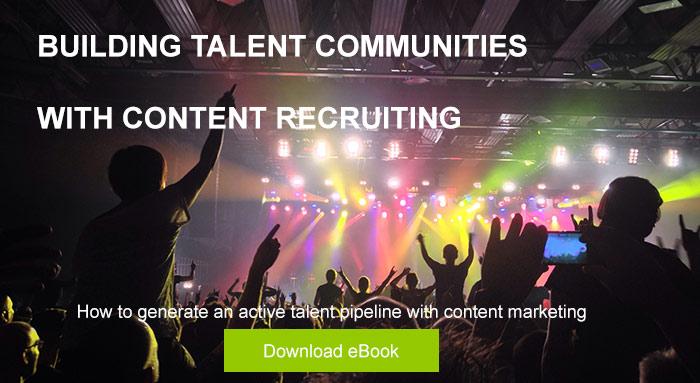-min.jpg?width=800&height=533&name=3d-render-of-social-media-business-concept.jpg_s=1024x1024%26w=is%26k=20%26c=gXv3iWbjSjYZH3--NOn2HeFzCszBAKe98872TXinFdQ=%20(1)-min.jpg)
Our approach to building a strong employer brand has certainly been evolving, just as the way we communicate in the talent market has rapidly changed. Employer branding is a concept that took root in the late ‘90s, when competition for skilled talent started to heat up. Companies began to focus on creating an identity for themselves that would enhance their reputation, identify the key benefits for working with that organization (the employee value proposition), and create a consistent look and feel to the company’s’ brand to ensure there was alignment between to the two. This was employer branding: it was outward facing and advertising-driven and usually managed by HR and the Talent Acquisition group.
But times have changed. The rise of social media has made companies a great deal more transparent; and changed the behavior of candidates so that they act more like consumers when making a decision on which opportunities to pursue. That’s why, today, creating and promoting an employer brand relies on employee engagement and advocacy more than it ever has before. Your people and your audience owns your brand.
Related articles: What is employment brand?
Candidates will trust what other employees have to say over anything the company can produce. And with a world of information at their fingertips, your “identity” is being fashioned with every click. Most likely, they will review your career site, your Facebook and LinkedIn portals, check you out on Glassdoor, and look for any personal connections possible to get information they feel they can trust—before they even take your recruiter’s call. This is why the personal interaction within your candidate experience has the power to make or break your brand.
In fact, according to a survey by the 2015 Candidate Experience Awards, 22% of the candidates who have had negative application experiences would actively tell others not to work there, and 9% said they would never buy from you again.
Related article: Nearly one-third of job seekers want an honest company culture
Organizations are now recognizing the power of employee engagement and advocacy has on their reputation as a company, which is why so many companies are approaching employer branding quite differently. Not only do they view employer branding as an integral part of their growth strategy, but part of their messaging overall.
This is why you’ll see companies like Samuel Adams use their employees in their product marketing; they are clearly doing a good job of telling their story and encouraging employees to do the same.
Related article: Is your recruiting strategy more like a Go Fsh or Minecraft?
Don’t get me wrong; you don’t have to be a big advertiser to have a strong employment brand. In fact, employment branding doesn’t have to be expensive. Many of the elements, such as social media platforms, are free to use, but they do require time, commitment and authenticity to ensure that you’re connecting and engaging with the right audiences. The trick is to tell the “genuine story” about who you are as an employer, and what your organization does to develop, engage and cultivate top talent — and get your stakeholders to become storytellers too. That’s the foundation for a compelling employment brand.
---
Patty Silbert (Van Leer) is Director of Innovation & Market Development with Newton Talent. Patty has over 30+ years of talent attraction knowledge using innovative approaches within the talent attraction industry. She has helped organizations with employment branding, talent attraction strategies and technology implementations.















